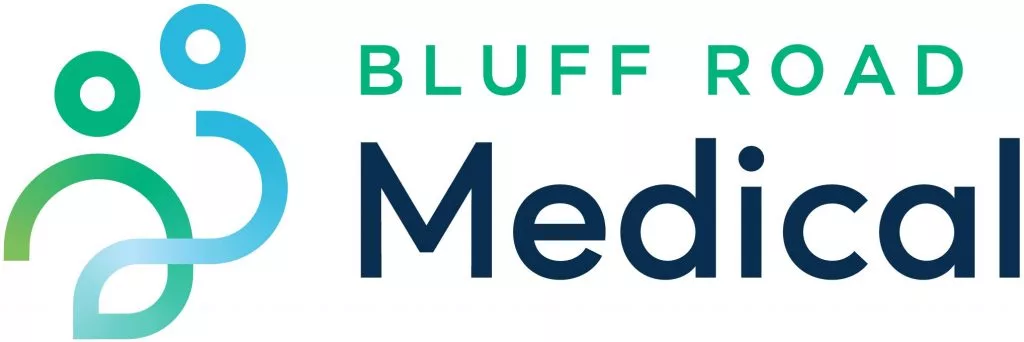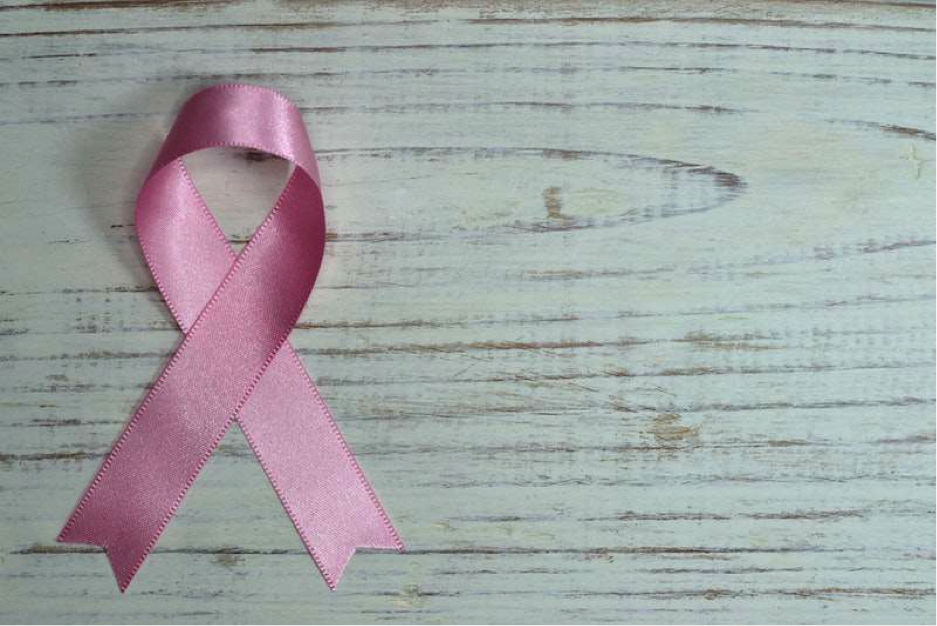Breast Cancer Awareness
With October being breast cancer awareness month, it’s the perfect reminder to be vigilant about regularly checking your breasts. According to Cancer Australia, breast cancer remains the most common cancer among Australian women, excluding non-melanoma skin cancer. The National Breast Cancer Foundation reports 1 in 7 women will be diagnosed with breast cancer in their lifetime.
The good news is that survival rates continue to improve. For every 100 women diagnosed with invasive breast cancer, 89 will live five or more years beyond diagnosis. Early detection is key.
The importance of regular checks
All women should make a habit of checking their breasts for changes. It’s important to know the normal look and feel of your breasts, and to see a doctor if you notice something unusual. When checking your breasts, don’t forget to check your armpits and up to your collarbone.
Cancer Australia recommends looking out for the following changes:
- a new lump or lumpiness, particularly if it’s only in one breast
- a change in the size or shape of your breast
- a change to the nipple, including crusting, ulcer, redness or inversion
- a nipple discharge that happens without squeezing
- a change in the skin of your breast such as redness or dimpling
- an unusual pain that lingers.
If you have any of the above, it’s important not to panic – changes to your breasts may be caused by a variety of reasons, such as hormones, cysts or fibroadenoma (smooth, firm breast lumps made up of fibrous and glandular tissue). However, it’s best to be safe and visit us immediately if you do notice changes. We can do a breast examination, offer medical advice and provide referrals for ultrasounds or mammograms if necessary.
Breast Cancer Risk Factors
Anyone can develop breast cancer, but certain factors increase your risk of breast cancer. Being a female is one of them (99% of breast cancer cases are women), and getting older is another. Going through puberty before age 12 is associated with higher breast cancer risk, as is going through menopause later in life.
Your family history could also increase your risk, particularly if you have a fault in the BRCA1 and BRCA2 genes (genetic testing is available). If you are tall, have high breast density, or have been previously diagnosed with a non-invasive breast condition, you may be at greater risk of developing breast cancer. Lifestyle choices, such as alcohol consumption, can also affect your risk level.
Risk Calculator
Cancer Australia offer an extremely useful risk calculator for breast cancer. It asks about things like your family history of breast and ovarian cancer, alcohol consumption, and medications you take in order to determine your level of risk compared to other women in your age group. Why not take a moment to calculate your risk? You can check it out here: breast cancer risk calculator.
Screening
If you’re aged over 40, you’re entitled to free screening mammograms at various BreastScreen Australia locations every two years. We encourage women aged under 40 who are concerned about their breast cancer risk or about any breast lumps to speak to their GP for further advice.
We are here to help
If you have any concerns or would simply like to know more, please don’t hesitate to get in touch. As your general practitioners, we are here to offer expert medical advice and care. Please give us a call!

